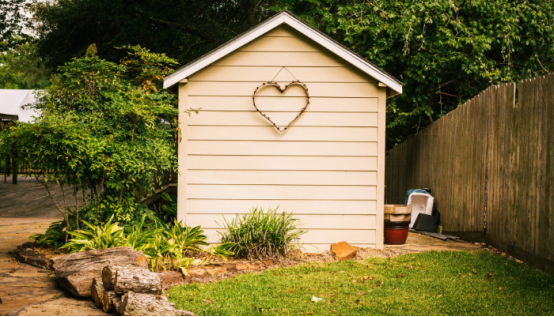Granny pods are becoming an increasingly favored living solution for seniors, blending independence with the comfort of being close to family. These compact and purpose-built dwellings offer a modern alternative to expensive assisted living or nursing home facilities. With thoughtful design elements focused on safety, accessibility, and convenience, granny pods are transforming how families support aging relatives while preserving autonomy and dignity.

The Idea Behind Granny Pods
Also known as accessory dwelling units (ADUs), granny pods are small, detached residences designed specifically for older adults who prefer to age near family while maintaining privacy. Typically sized between 250 and 900 square feet, these homes feature barrier-free designs that include wide entrances, step-free access, and slip-resistant floors. Such elements make daily living safer and easier for seniors with limited mobility. By enabling independent living alongside family proximity, granny pods offer a harmonious blend of freedom and connection.
Why Families Are Turning to Granny Pods
The escalating cost of senior care services—especially assisted living and nursing homes—has prompted families to explore more cost-effective and flexible alternatives. With annual nursing home fees averaging around $127,000, granny pods present a more affordable long-term option. Beyond reducing care expenses, these units can also add property value. When no longer needed for elder housing, they can be converted into guest rooms, home offices, or rental spaces, providing an additional source of income and maximizing property utilization.
Legal and Financial Considerations
Before installing a granny pod, families must navigate zoning laws, permit requirements, and homeowners’ association restrictions, all of which differ by region. The financial investment can also vary greatly—prefabricated models start around $40,000, while premium versions with integrated smart systems and health monitoring technologies can exceed $120,000. Although the upfront cost is notable, granny pods often yield long-term financial benefits through property appreciation and reduced dependence on costly care facilities.
Design and Safety Features
A major advantage of granny pods lies in their senior-friendly design. These homes often include features like illuminated pathways, grab bars, low-entry showers, and emergency alert systems to ensure safety. Advanced models are equipped with smart home technologies such as voice-activated lighting, temperature control, and health monitoring devices. These innovations enhance daily comfort while offering peace of mind to families who want to ensure their loved ones live securely and independently.
Potential Drawbacks and Considerations
While the concept of granny pods is appealing, several challenges remain. Some communities restrict their installation through zoning rules or aesthetic guidelines. The initial investment can also be substantial, requiring financing or use of savings. Furthermore, although granny pods promote independence, they cannot entirely substitute the social engagement and constant supervision provided by professional care facilities. Families should evaluate both financial and emotional factors before making a decision.
Installation Options and Setup Choices
There are multiple approaches to creating a granny pod depending on budget and property size. Building a new standalone unit offers the most customization but also the highest cost. Alternatively, existing spaces like garages or basements can be converted into accessible senior living areas. Prefabricated or modular granny pods are growing in popularity due to their ease of installation and built-in accessibility features. They can be assembled quickly, minimizing disruption and balancing affordability with comfort.
Why Granny Pods Make Sense for Families
As multigenerational living becomes more common, granny pods offer a practical way to support family cohesion while maintaining independence for seniors. These units provide a secure, private, and familiar environment within close reach of loved ones. Beyond emotional benefits, they deliver long-term financial and practical advantages suited to the evolving needs of today’s families. By understanding the costs, legal aspects, and design considerations, families can make informed choices that enhance both lifestyle and property value for years to come.
